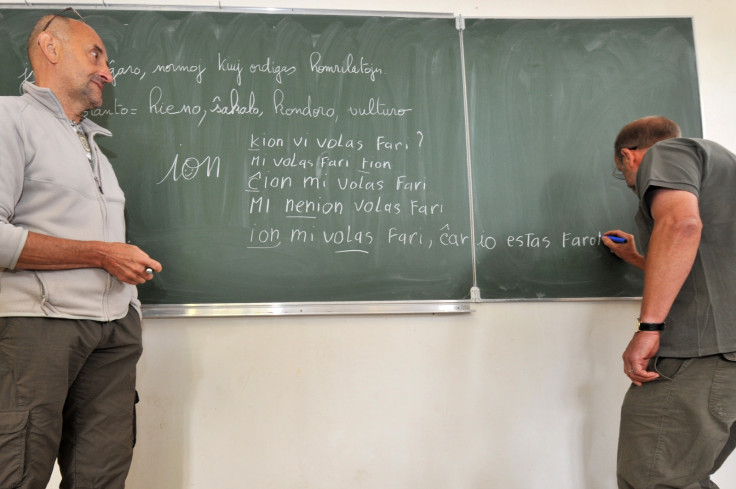Esperanto Day: Ten strange facts about the universal language
Esperanto was designed in the late 1800s by Polish ophthalmologist Ludwik Lejzer Zamenhof.

Esperanto Day, or Zamenhof Day, is celebrated on 15 December, the birthday of its creator L. L. Zamenhof. The language was originated in the late 1870s and early 1880s by the Polish-Jewish ophthalmologist from Białystok, which was then part of the Russian Empire.
Although most of us have never heard of the language, there are thousands – if not millions – who speak Esperanto around the world.
1. Esperanto was designed to be a universal second language that would connect people from different countries around the world.
2. It is a planned language – a modern language developed by merging existing scripts or by coining new words and phrases from existing tongues.
3. In 1966, William Shatner starred in the film Incubus – which was filmed entirely in Esperanto. It was considered lost for years after the majority of prints were destroyed in a fire.
4. "Nativist" Esperanto speakers, those who have learned it from birth, only number in the thousands worldwide, but include Hungarian-American billionaire George Soros and 1957 Nobel Prize winner Daniel Bovet.
5. Up to two million people speak Esperanto.
6. Zamenhof's name for the language was simply "Internacia Lingvo" – "international language".
7. Language-learning website/app Duolingo offers Esperanto as a course – and many people claim it is one of the easiest languages in the world to learn.
8. The Vatican Radio has an Esperanto version of its website.
9. Stalinist "anti-Esperanto" purges existed in the 1930s, with the writers Nikolai Vladimirovich Nekrasov and Vladimir Varankin executed for being "Esperanto terrorists".
10. Hitler deemed Esperanto a "language designed to unify the Jewish diaspora" and officially condemned it. On the other hand, Chairman Mao was a fan and helped set up El Popola Cinio, the Communist Party of China's Esperanto-language magazine.
© Copyright IBTimes 2025. All rights reserved.




















